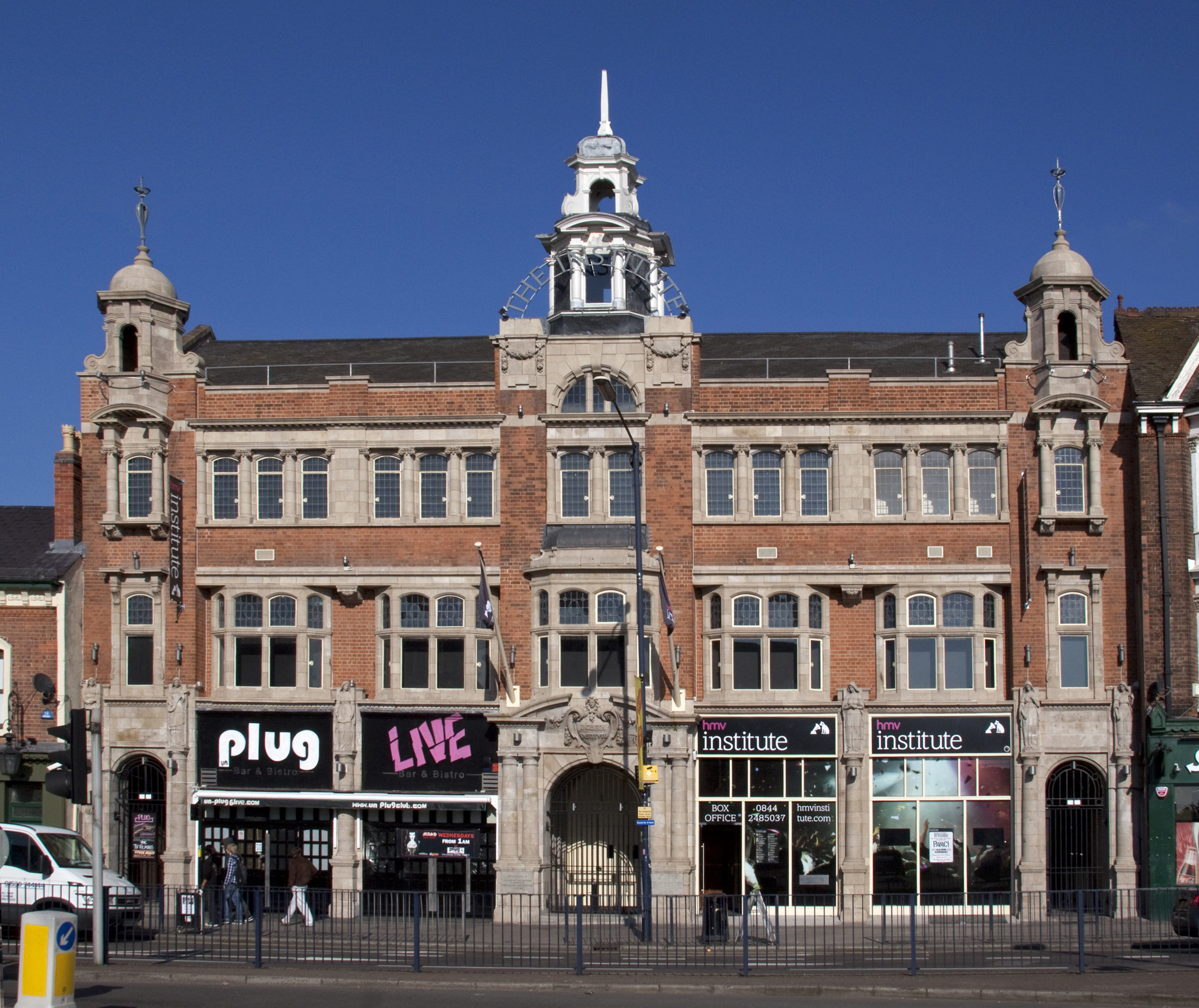Narrative structure is generally described as the structural framework that underlies the order and manner in which a narrative
is presented to a reader, listener, or viewer. The narrative text
structures are the plot and the setting. Generally, the narrative structure of any work (be it film, play, or
novel) can be divided into three sections, which is referred to as the
three-act structure: setup, conflict, resolution.
There are two main types of narrative structure; a non-linear narrative structure and linear narrative structure. A non-linear structure is one that does not proceed in a
straight-line, step-by-step fashion, examples of these would be Pulp fiction, Memento and more recently The Social Network. Linear is the opposite,
when narrative runs smoothly in a straight line, when it is not broken
up.
The Narrative Structure for our animation would be a linear narrative. As our animation would be similar to a documentary we thought it would be best to have a linear narrative as we did not want to confuse the audience.
Narrative Structure Digbeth
Act 1 Introduction - Here we introduced the audience to Digbeth, the town, community and environment.
Act 2 Problem - Here we introduce the problem their are empty wasted and forgotten sites.
Act 3 Conclusion - Finally we summarise the film with our visions of what could have been and what is planned now for the area.


























































